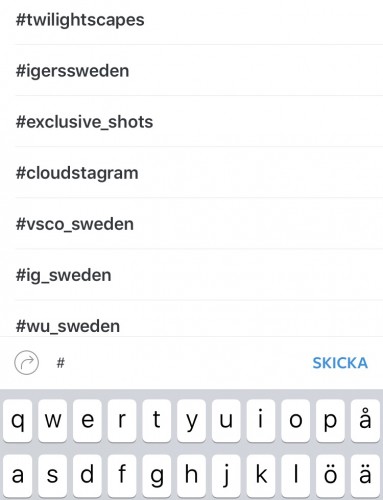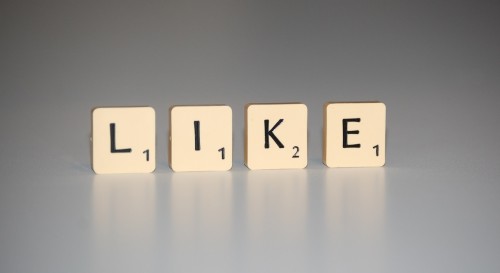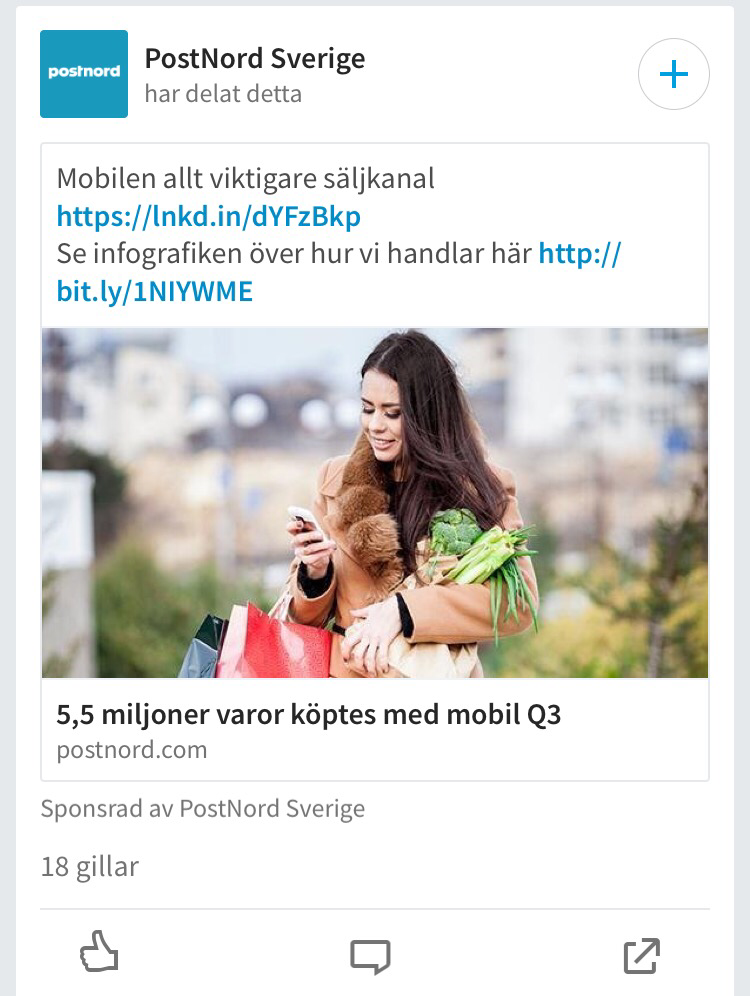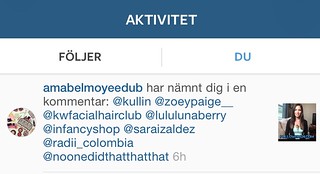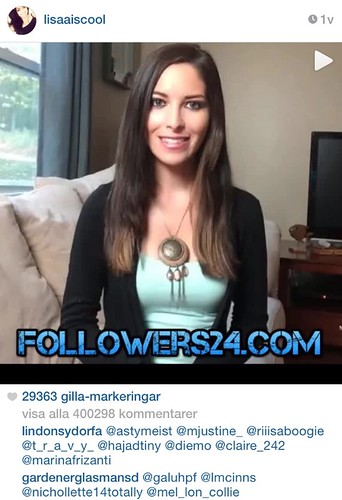
In the early 90’s it became possible to trademark buildings in the US so that the use of for example images of the Chrysler Building in New York would be protected. The owners of trademarked building could now stop unlawful commercial use of their buildings on everything from t-shirts to souvenirs. As trademark law evolved, more areas have been subject to trademark protection and for example the New York Port Authority has claimed ownership of images showing the Manhattan skyline. Weird as this may be, it shows the commercial value in owning and protecting a trademark for a famous landmark or place.
Social networks are exceptions
With that in mind, it is rather strange that social networks are exceptions to the rule that a trademark owner can claim the right to a name. Most social networks distribute account names on a first come first served basis. That is the reason some major brands like Mercedes-Benz own the domain name mercedes.com but the Facebook address www.facebook.com/mercedes belongs to an individual.
There is of course a democratic aspect of this approach since it means that everyone has the same chance to register a name and it’s not just about who has the deepest pockets. Maybe you remember how Facebook took away the vanity url “/harman” from Harman Bajwa and gave it to Harman International? A move later reversed by the social network.
The other side of the coin is of course that brands stand little chance of being the first to register on every new app or platform that may be the next Twitter. Even if you use external services to keep an eye on such registrations, the management of all this eventually will become expensive and time consuming. Individuals are almost always the first to enter new sites and while some may have a legitimate reason to register a name, many don’t. And once a name has been assigned, it is almost impossible to claim it unless you have a trademark registratation. Even if you do, there are no guarantees that you will get your name back.
Branding places in social media
An area where social network user name policies becomes almost completely unregulated territory is place branding. Countries and city names aren’t necessarily protected trademarks everywhere. I haven’t been able to find out if it is common to have a trademark registration for a city name for example. An effect of this is that a large portion of place names on Instagram have been snatched by individuals instead of for example tourist boards or other official tourist bodies.
In fact, none of the 20 largest cities in the US control their actual names on Instagram. Both @newyork and @newyorkcity belong to (unknown) individuals. The unofficial @newyorkcity and @sanfrancisco accounts have 1.2 million and 111,000 followers respectively which means that owning these accounts can be quite lucrative.
Four accounts are private and four others are completely inactive with 0 posted images. Half of the 20 accounts have posted 10 images or less. It might seem like a little waste that an account name like @losangeles only have 13 followers (after studying this account for two days it seems that the owner deletes and posts new images every day to keep the account active, three days ago it had 10 images, today it has 3).
Instagram names of the 20 largest cities in the US (number of followers)
1. https://instagram.com/newyorkcity – Unofficial (1.2m)
2. https://instagram.com/losangeles – Unofficial (5)
3. https://instagram.com/chicago – Unofficial (12,900)
4. https://instagram.com/houston – Unofficial (1,132)
5. https://instagram.com/philadelphia – Private (827)
6. https://instagram.com/phoenix – Unofficial (523)
7. https://instagram.com/sanantonio – Unofficial (49)
8. https://instagram.com/sandiego – Unofficial (3,656)
9. https://instagram.com/dallas – Private (326)
10. https://instagram.com/sanjose – Unofficial/Inactive (57)
11. https://instagram.com/austin – Unofficial/Inactive (8,806)
12. https://instagram.com/jacksonville – Unofficial/Inactive (1,595)
13. https://instagram.com/sanfrancisco – Unofficial (111,000)
14. https://instagram.com/indianapolis – Unofficial/Inactive (43)
15. https://instagram.com/columbus – Unofficial (129)
16. https://instagram.com/fortworth – Unofficial (303)
17. https://instagram.com/charlotte – Private (133)
18. https://instagram.com/detroit – Private (2,602)
19. https://instagram.com/elpaso – Unofficial (9)
20. https://instagram.com/seattle – Unofficial (2,690)
What to do then? I don’t have definitive answers but I do think there needs to be a debate about this. Account names in social media is real estate, it is part of an infrastructure and a good handle can be of great value much in the same way as a good street address.
- There has to be a balance between the democratic principle that everyone has the same chance to register and the protection of certain rights holders. These are the news ways in which people, brands and organizations communicate. If it is easy to find the right account of a city, country or a brand it benefits all users.
- It should not be possible to register a valuable name and not use it. Inactive accounts should get a notice of cancellation after 12 months of inactivity, with the chance to activate. If not, the account should be terminated. And it should also be possible to apply for inactive names even without a trademark.
- Social networks need to prevent obvious cases of cybersquatting. For a city like Charlotte, it might not be a surprise that there are others that want to claim the same handle, but in many cases people register these names hoping to benefit in some way. Networks need to work against that.
